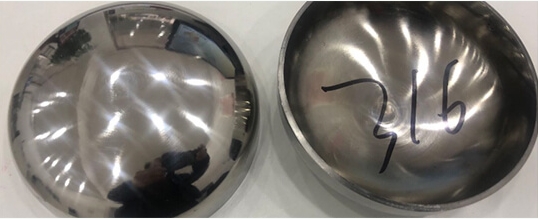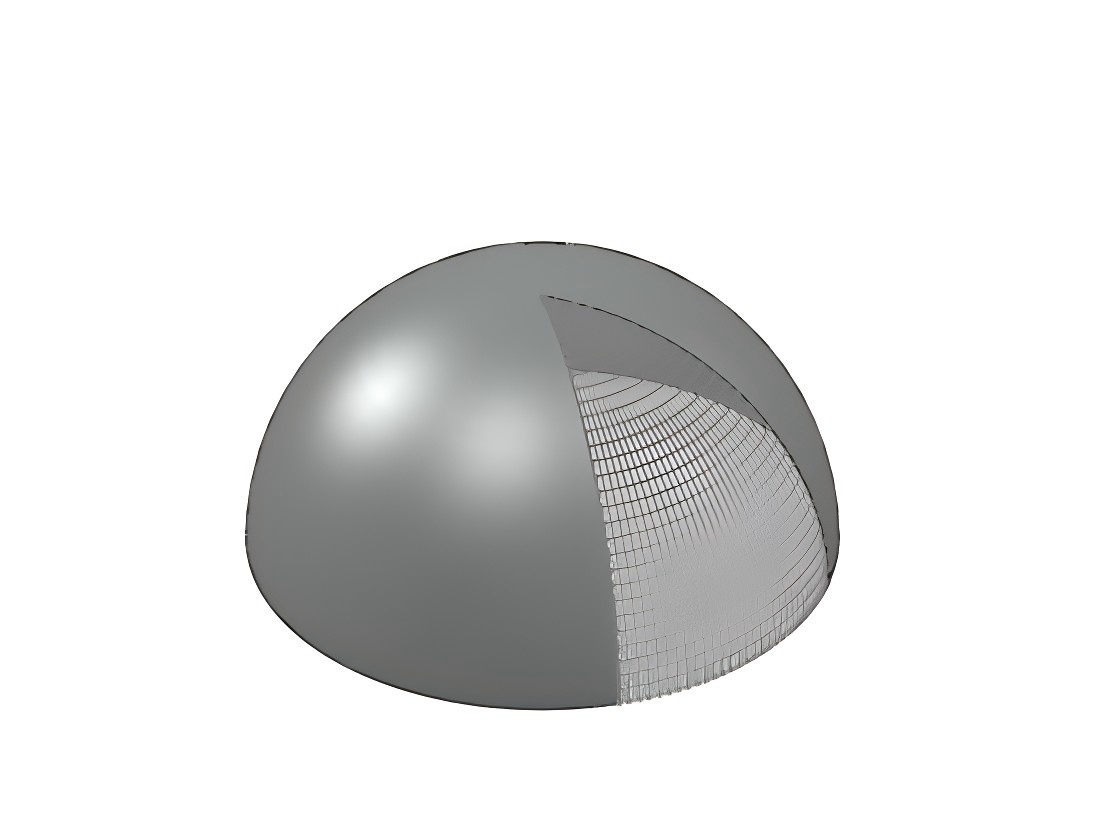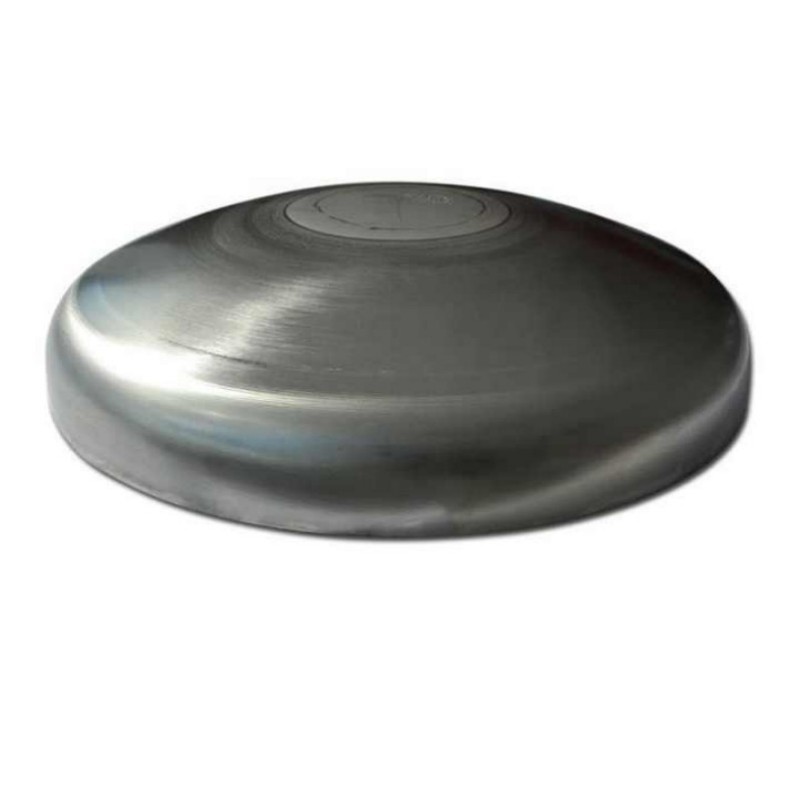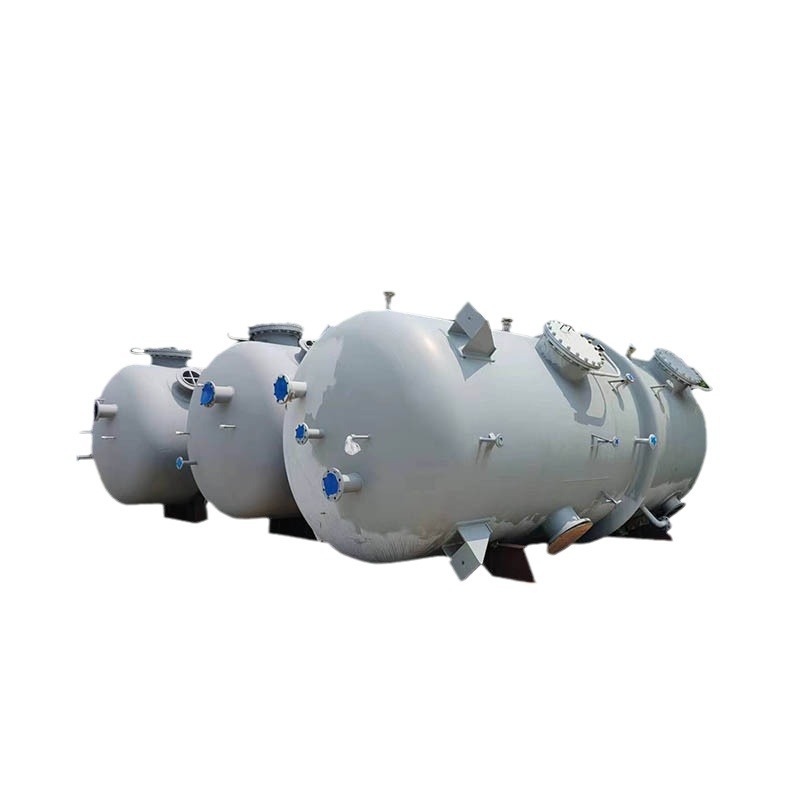Research on the Stamping of Metastable Austenitic Stainless Steel Tank Heads
Upload Time:
Dec 16, 2024
Introduce Stainless Steel Tank Heads stamping process
The heads of pressure vessels, in particular, are essential components of large-scale equipment, and with the rising demand for pressure vessels and boilers, there is an increased emphasis on the mass production and high-quality manufacturing of these heads.
In engineering, austenitic stainless steel is typically categorized into stable and metastable types. Among them, metastable austenitic stainless steels, such as SS304, are commonly used for manufacturing pressure vessels due to their cost-effectiveness. Currently, standard elliptical heads are widely utilized in medium- and low-pressure vessels, and these heads are often produced through stamping or spinning processes. Of these two, stamping is more suitable for mass production. However, during the stamping process, metastable austenitic stainless steel undergoes deformation and martensitic transformation, which can adversely affect the mechanical properties of the material. In extreme cases, this could lead to failure of the head, posing potential safety risks. This research focuses on the stamping process of standard elliptical heads made from metastable austenitic stainless steel to understand and address these challenges.
Head Stamping Process
Stamping Process Overview
The stamping process can be broadly divided into cold stamping and hot stamping, depending on whether the material is heated before processing. These two processes, along with warm stamping, are used in different applications based on the specific requirements of the material. In hot stamping, the heating temperature is higher than the material’s recrystallization temperature, while warm stamping occurs at temperatures between the material’s recrystallization temperature and its suffusion temperature. Although these processes share many common stages, each has its unique characteristics and focuses, especially in terms of the temperature range and material behavior.
Stamping Process Stages
The stamping process generally consists of five stages, which are similar across cold, hot, and warm stamping, with key differences emerging in the heating and deformation characteristics:
1. Material Warehousing Inspection: Upon arrival at the factory, the steel plates are thoroughly inspected according to GB24511-2009 and relevant enterprise standards. Key parameters such as yield strength, tensile strength, elongation after fracture, chemical composition, and hardness are checked to ensure the material meets the required specifications.
2. Blanking and Cutting: The steel plate is cut into the desired shape for stamping, typically using plasma cutting machines, circular shearing machines, or other cutting equipment to obtain the circular sheet required for the stamping process.
3.Press Forming: The blanked material is then shaped into the desired form using a press machine. This step is critical for achieving the correct geometry and structural integrity of the head.
4. Groove Forming: In this stage, grooves are formed in the stamped head to facilitate later processing, such as welding or fitting.
5. Head Quality Inspection: After the bevels are cut and grooves formed, the stamped head undergoes quality inspections, including non-destructive testing for weld seams, as well as surface pickling and polishing to ensure the product meets quality standards.
Comparison of Stamping Methods
Each of the three main stamping processes—cold, hot, and warm—has its advantages and drawbacks:
Cold Stamping: This process is performed at room temperature and can induce significant martensitic transformation in metastable austenitic stainless steel, especially in the areas of high deformation. This transformation can negatively impact the material’s mechanical properties and lead to cracks or failures in the final product.
Hot Stamping: Hot stamping involves heating the material above its recrystallization temperature, which helps reduce the risk of martensitic transformation. However, this process requires higher temperatures and energy consumption, making it more costly.
Warm Stamping: Warm stamping, which operates between room temperature and the material’s recrystallization temperature, combines the benefits of both cold and hot stamping. By reducing the deformation-induced martensitic transformation, warm stamping results in less martensite formation in the straight edge sections of the head. Additionally, warm stamping requires lower heating temperatures than hot stamping, making it more energy-efficient and cost-effective.
Conclusion
The stamping of metastable austenitic stainless steel heads presents several challenges, particularly due to the risk of martensitic transformation during the deformation process. While cold and hot stamping each have their limitations, warm stamping offers a promising solution by balancing the advantages of both methods. By optimizing the stamping process and understanding the material’s behavior at different temperatures, manufacturers can improve the quality and reliability of austenitic stainless steel heads used in pressure vessels, ultimately enhancing their performance and safety in various industrial applications.

Relevant News







